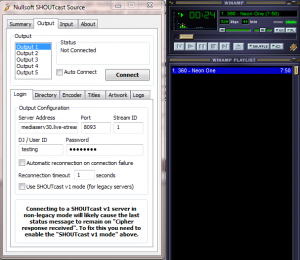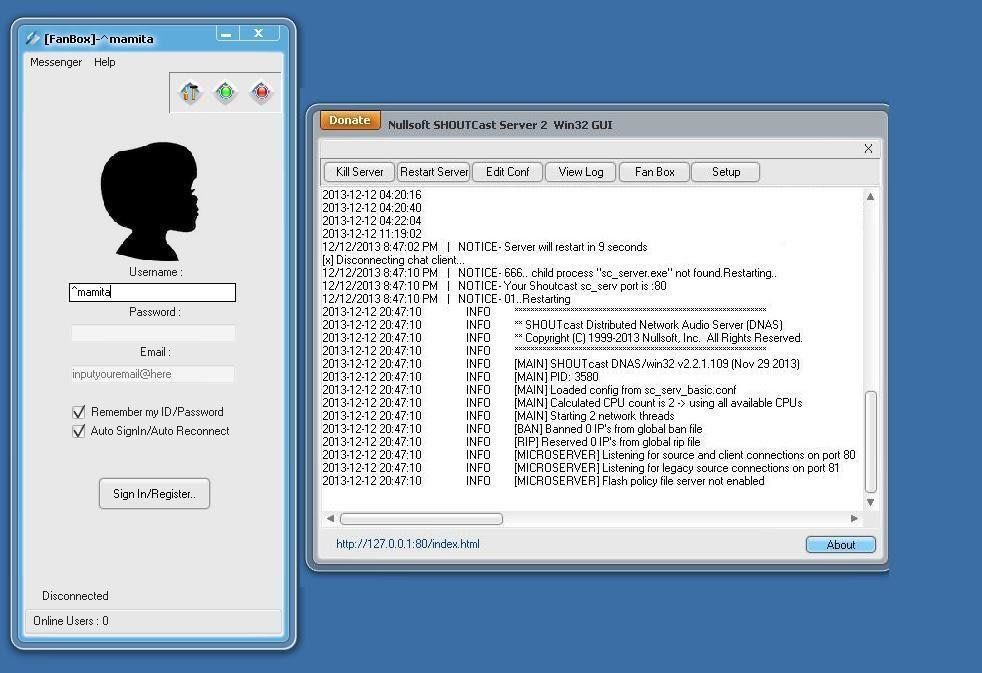

MP3 on-demand files can be streamed through HTTP/Progressive streaming from a Web server. For the purposes of this book, you'll be using the SHOUTcast server for both. For serving on-demand files, you can use either of these for real-time streaming of on-demand files or any Web server (via HTTP/Progressive streaming). Start small.įor live stream authoring, you must use a real-time streaming server such as SHOUTcast or Icecast, which are available for all of the popular operating systems.

You'll be charged by user access and, if your stream is popular, that can quickly add up to lots of money. Just because the collocation server facility has the bandwidth to support hundreds of users doesn't mean you should use it.

If you're using co-located (third-party) server facilities, place limits on the number of users your server will accept. Check with your ISP customer support to verify your data rates. Most DSL connections are actually aDSL (a for asynchronous) and usually have much higher download than upload speeds. Know how much upload bandwidth you have available. Multiplying the number 10 (listeners) times 32 (the encode bit rate) comes out to around 320Kbps, leaving a little headroom for other tasks, such as testing the streams. It is encoding at a bit rate of 32Kbps and supports 10 concurrent listeners. This test case runs the server computer from home using a 384Kbps sDSL (s for synchronous, meaning 384Kbps upload and download). How many concurrent (simultaneous) listeners do you need to be able to serve, and at what bit rate? Multiplying the number of concurrent users times the streams' bit rate will provide the total bandwidth requirements for your server scenario. Naturally, you must make some decisions regarding the type of server you will use. Now you need to connect to a server so that listeners on the Internet can hear it. You have the authoring computer's Winamp encoder ready to crank out your MP3-encoded live stream.


 0 kommentar(er)
0 kommentar(er)
